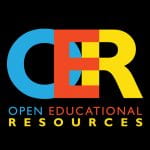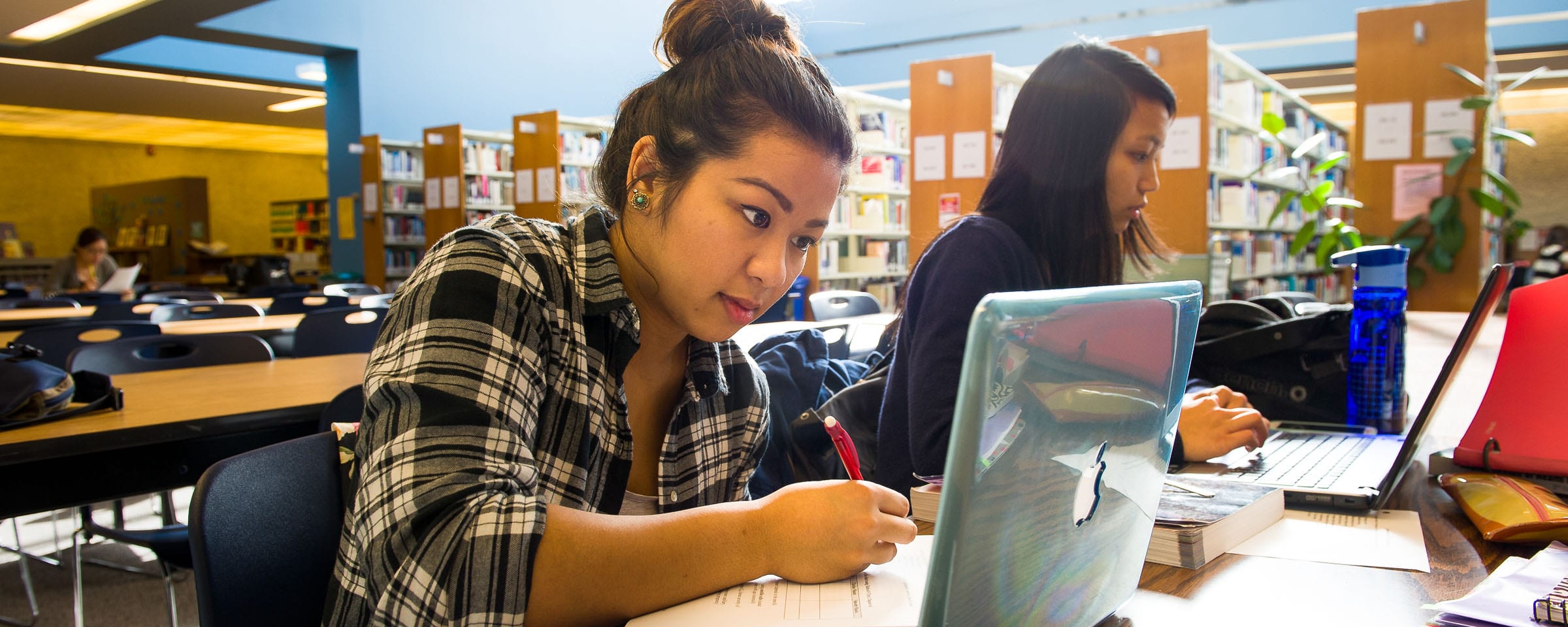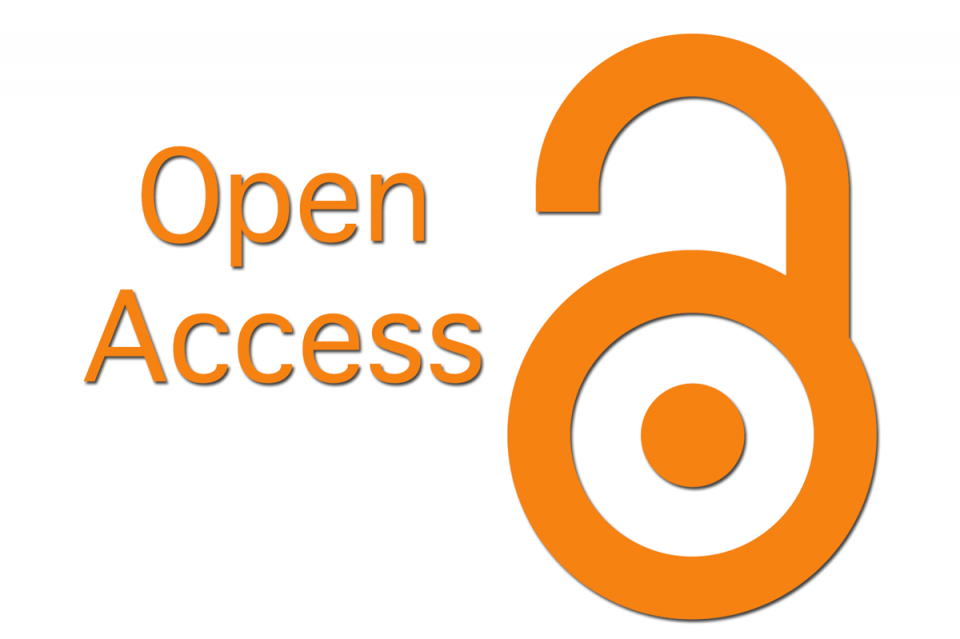Open Access Week October 19 – 23
Image: Rafabollas / CC BY-SA (https://creativecommons.org/licenses/by-sa/4.0)
Open Access (OA) week 2020 will be hosted internationally October 19 – 25. Open access is a set of principles and a range of practices through which research outputs are distributed online, free of cost or other access barriers. With open access strictly defined, barriers to copying or reuse are also reduced or removed by applying an open license for copyright. We see the principles of OA in Open Education. [i]
Event:
 If you want to learn more about Open Access and the use of Open Educational Resources (OER) be sure to register for the Red River College Open Access Week Event here: Open Educational Resources (OER) adoption and adaptation Session – Oct. 20, Noon – 1PM hosted by the Red River College Copyright Officer in partnership with Campus Manitoba.
If you want to learn more about Open Access and the use of Open Educational Resources (OER) be sure to register for the Red River College Open Access Week Event here: Open Educational Resources (OER) adoption and adaptation Session – Oct. 20, Noon – 1PM hosted by the Red River College Copyright Officer in partnership with Campus Manitoba.
In the Spirit of OA week let’s ask ourselves some complicated questions:
 Why should Open Access Matter to Educators?
Why should Open Access Matter to Educators?
Sun Yang associate professor of China University of Political Science and Law stated “It is naturally accepted that teachers should have the authority to determine the specific use of their course materials by third parties, including their students. Without their permission, no one should copy, distribute, delete or modify the copyrighted course content. In an offline environment, copyright is controlled through physical copies which are purchased. This becomes a challenge in online classrooms.”[ii]
While the original goal of the Open Educational Resource (OER) initiatives was to make higher education more accessible by reducing students costs through the use of openly licensed textbooks these resources now serve educators in the wake of a pandemic as valuable and adaptable tools for the online classroom. OER supports Open Access principles by freely allowing modifications, adaptations, and format transitions without the need to seek costly or time consuming copyright permissions for modification to fit online institutional environments, platforms and classrooms.
The restrictive licensing agreements and terms of copyright applied to many digital textbooks and supplementary materials from publishers make it difficult to adapt materials in new ways to engage students in online learning environments. Materials can further have restrictive licensing agreements that make it confusing to establish when the material can be used in conjunction with a Learning Management System (LMS/LEARN). OER’s have become powerful tools in aiding educators in the adaptability they need to function in continually changing teaching environments that can move from the classroom in person, to digital online learning with little notice and their access to the physical resources of their institutional libraries continues to be limited or completely cut off.
 Why Should Open Access Matter to Students?
Why Should Open Access Matter to Students?
UNESCO stated that, “…as of 17 May 2020, almost 1.21 billion learners were affected (by the global pandemic), accounting for 69.3% of the world’s student population. The global education community continues to face the major challenge of providing interactive and motivating educational experience during school and university closure. In this special situation, Open Educational Resources (OER) have never been so urgently and broadly needed like today.”[iii]
OER’s can involve students directly in the adaption and building of the learning materials they engage with. They allow students to contribute to online education which can be built upon by others around the globe and allow classes and instructors to source global perspectives to incorporate into College programs. These skills as well as the experience of involvement in the creation of resources for teaching and instruction ensure the student experience is intellectually rigorous, experiential and robust. Student involvement in OER development and adaptation can upon graduation stand as a real world example of experience and skills gained by the student in their education. This can be helpful in providing prospective employers meaningful examples of not only the skills they have acquired but “what” they have accomplished during their studies, in contributing to educational resources that can be used by other educational institutions around the globe.
OER’s and Open Access resources also reduce the cost textbooks and supplementary materials to students as these resources are free and openly available alternatives to traditional textbooks and supplementary material.
 What is the Role of Open Access in a post pandemic society?
What is the Role of Open Access in a post pandemic society?
UNESCO (2020) has recently launched a call stating that “the Covid-19 crisis has resulted in a paradigm shift on how learners of all ages, worldwide, can access learning. It is therefore more than ever essential that the global community comes together now to foster universal access to information and knowledge through OER.” [iv] Open Access to information is the free, immediate, online access to the results of scholarly research, and the right to use and re-use those results as you need. Open Access has the power to transform the way research and scientific inquiry are conducted. It has direct and widespread implications for academia, medicine, science, industry, and for society as a whole.
For more on the importance of OA check out this video from PHD Comics.
Sources:
[i] ‘International Open Access week, about page’ Accessed September 30, 2020 http://www.openaccessweek.org/page/about
[ii] Yang, S. (2020). ‘As teaching shifts online during the epidemic, it faces copyright issues.’ Accessed September 30, 2020 https://news.cgtn.com/news/2020-02-20/Copyright-concerns-as-teaching-shifts-online-during-epidemic-OejyJkh3xu/index.html
[iii] & [iv] UNESCO (2020) ‘Guidance on Open Educational Practices during School Closures: Utilizing OER under COVID-19 Pandemic in line with UNESCO OER Recommendation’ Accessed September 30, 2020 https://iite.unesco.org/wp-content/uploads/2020/05/Guidance-on-Open-Educational-Practices-during-School-Closures-English-Version-V1_0.pdf

